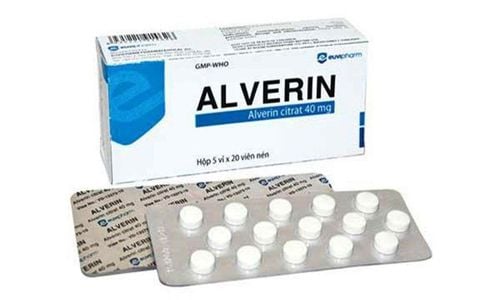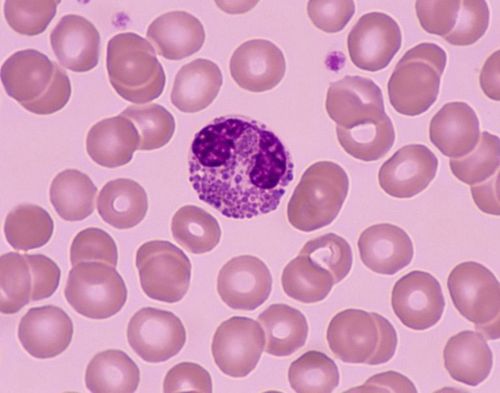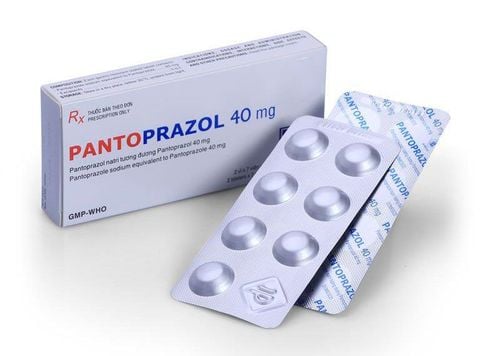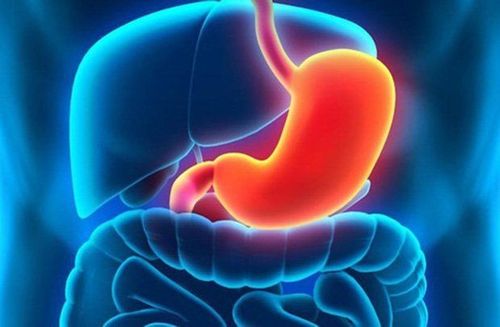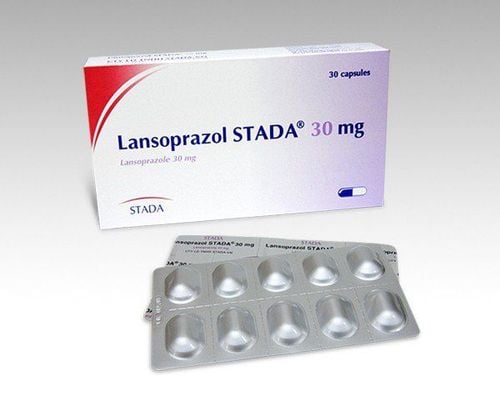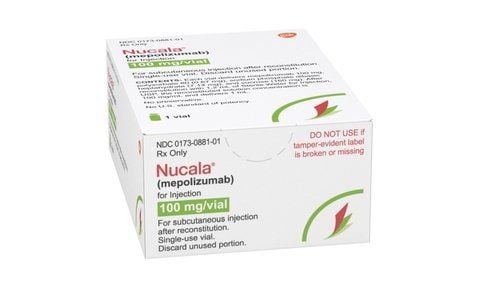This is an automatically translated article.
Posted by Master, Doctor Mai Vien Phuong - Gastrointestinal Endoscopy - Department of Medical Examination & Internal Medicine - Vinmec Central Park International HospitalEosinophils are one of the components of white blood cells produced in the bone marrow and are one of the cells that play a role in promoting inflammation, especially allergic inflammatory reactions. Accordingly, experimental treatment of PPI after diagnostic endoscopy is required before EoE is diagnosed, which is an ideal condition to be able to distinguish EoE from PPI - REE at baseline before this PPI testing.
Abbreviated terms:
EoE: Eosinophilic esophagitis: esinophilic esophagitis
GERD: Gastroesophageal reflux disease: Reflux esophagitis
IL: Interleukin: Interleukin factor
PPI: Proton pump inhibitor: Proton pump inhibitor Proton pump
PPI-REE: Proton pump inhibitor-responsive esophagal: Proton pump inhibitor-responsive esophagitis
Eosinophilia: eosinophils
VTQBCAT: eosinophilic esophagitis
Eosinophils are One of the components of white blood cells produced by the bone marrow and one of the cells that promote inflammation, especially allergic inflammatory reactions. Therefore, large quantities of eosin can accumulate in tissues such as the esophagus, stomach, small intestine and sometimes in the blood when such individuals are exposed to the allergen.
Recommendations of the American Gastroenterology Society in 2013 emphasized that if increased BCAT is found in the esophagus, it should raise 3 possibilities: VTQTCAT, GERD and PPI-responsive esophageal eosinophilia (PPLREE).
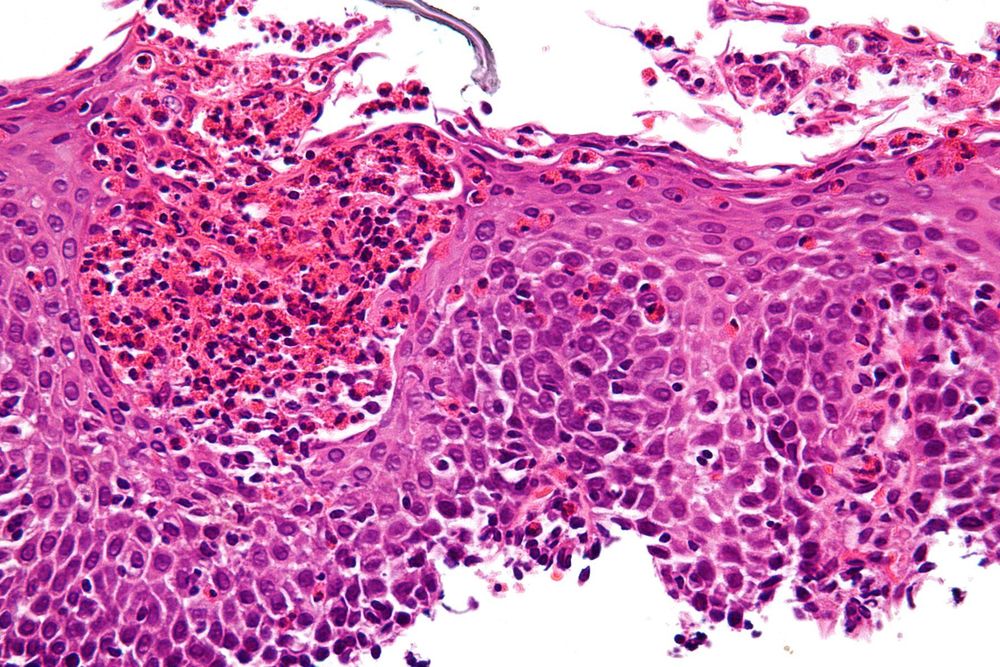
1. The challenge of distinguishing between EoE and PPI-REE
Because experimental endoscopic PPI treatment is required prior to diagnosis of EoE, it would be ideal to be able to distinguish EoE from PPI-REE at baseline prior to testing for this PPI. Accordingly, there have been several attempts to differentiate EoE from PPI-REE.1.1. Clinical, endoscopic, and histological features At the present time, three studies failed to find a baseline distinction of clinical, endoscopic, and histological features among patients who were ultimately detected. have EoE or PPI-REE after a PPI test.
1.2. Esophageal pH monitoring In the 2007 EoE guidelines, esophageal pH monitoring results were recognized as a key diagnostic tool to differentiate EoE from PPI-REE. However, the authors now know that response to PPI therapy is not accurately predicted by with or without exposure to pathological esophageal acid. It is important to emphasize that PPI responsiveness was significantly higher in patients with documented GERD when compared with those without GERD on endoscopic/pH monitoring (70% vs 29%, p. <0.001) as shown in the first systematic review of PPI-REE. The results of the same studies addressing this issue are reported, clearly reflecting that response to PPI therapy can occur with normal or pathological esophageal pH monitoring.
1.3. Tissue markers and cytokines associated with esophageal eosinophilia More recently, immunohistochemical expression of markers of eosinophil infiltration and associated inflammatory cells (primary basal protein, eotaxin) -3 and tryptase) and gene expression of chemokine Th2 (eotaxin-3) and cytokines (interleukin (IL) (IL-5) and IL-13) also failed to differentiate between PPI-REE and EoE.
1.4. Gene Expression Identification of candidate genes is an important step in understanding the molecular pathogenesis of EoE. The EoE diagnostic gene panel has shown 96% sensitivity and 98% specificity for distinguishing patients with EoE in remission from controls, as well as identifying patients exposed to glucocorticoids and likely to relapse after treatment. treatment. A recent study was the first to evaluate the phenotypic differences between 28 patients diagnosed with EoE and 36 PPI-REE patients from 5 US centers. The results suggest that the molecular and mastocytosis markers of untreated PPI-REE are nearly reversible using PPIs as monotherapy, which is consistent with another recent study demonstrating that PPI therapy in PPI-REE down-regulated the cytokine eotaxin-3 and Th2 genes expressed in esophageal tissue, similar to expression in steroid-responsive EoE.
2. Advances in the pathogenesis of PPI-REE . pathology
The prevailing hypothesis to explain PPI-REE is that coexisting GERD can be a priming event, allowing potential entry of food-derived allergenic molecules through damage to the epithelial barrier. caused by acids. Thus, GERD-induced epithelial damage can expose the deeper layers of the esophageal squamous epithelium to antigens that would not normally be able to penetrate the normal mucosa. This in turn can lead to easy antigen recognition by cellular antigen presentation. However, new evidence demonstrates that EoE and the PPI-REE groups may even be more closely related as therapeutic PPIs not only restore esophageal epithelium integrity, but can also reduce the esophageal epithelium. inflammation by downregulating gene expression of chemokine Th2 and cytokines.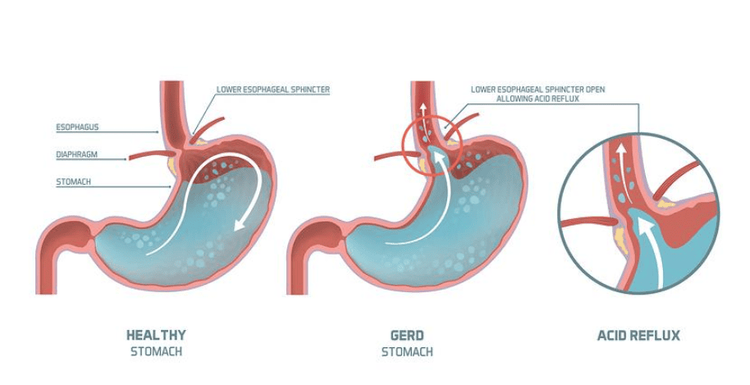
3. PPIs partially restore the epithelial barrier function of the esophageal mucosa
Although restoration of the esophageal epithelial barrier is the most accepted hypothesis for explaining the existence of PPI-REEs, the first study to objectively address this issue in EoE has just been published. father recently. Sixteen patients with esophageal eosinophils >15 eosinophils/field were compared with eleven controls at baseline. The integrity of the esophageal mucosa was measured in the distal esophagus, the evaluation method was using tissue impedance spectroscopy during endoscopy and histopathological examination: 2 biopsies were obtained endoscopically to Electron microscopy analysis of standard increased interstitial spacing and 4 biopsies to measure transepithelial resistance and transmucosal flux of 0.3 fluorescence labeled molecules and 40 kDa (similar to the size of a food allergen).In patients with esophageal eosinophilia, all measurements of mucosal integrity were significantly impaired when compared with controls. Patients with eosinophilic esophagitis were then given omeprazole 40 mg twice daily and reassessed 8 weeks later. Following acid suppression therapy, mucosal integrity was partially restored in PPI-REE, but not in EoE patients. The authors concluded that the deterioration of mucosal integrity in PPI-REE may be due to GERD, whereas it may be related to inflammatory cell recruitment in EoE. This study therefore suggests that exposure of the esophageal epithelium to acid reflux in PPI-REE patients, due to the barrier-depleted epithelium, may be the first 'effect' in the development of of esophageal eosinophils.
Please dial HOTLINE for more information or register for an appointment HERE. Download MyVinmec app to make appointments faster and to manage your bookings easily.
ReferencesJavier Molina-Infante,David A. Katzka and Evan S. Dellon. Proton pump inhibitor-responsive esophageal eosinophilia: A historical perspective on a novel and evolving entity. Rev esp enfeRm dig(Madrid Vol. 107, No 1, pp. 29-36, 2015





